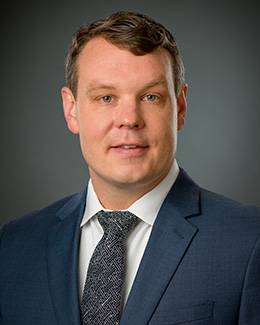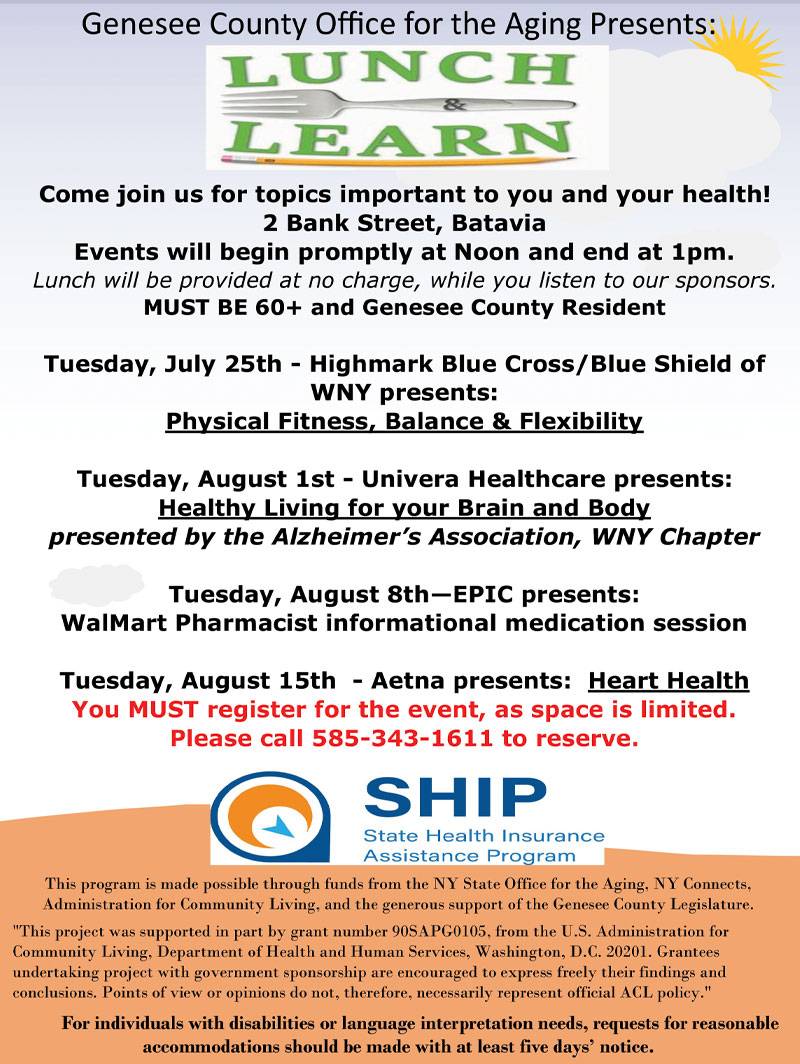GOW county health departments launch survey to help 6-year public health plans
Press Release:
The Genesee, Orleans, and Wyoming (GOW) County Health Departments and Hospitals are working together with community partners to gather information from residents to help with public health planning for the next six years.
This information will help inform and guide the development of documents called the Community Health Assessment (CHA), Community Health Improvement Plan (CHIP), and the Community Services Plan (CSP). This process is part of the New York State Prevention Agenda, a plan for state and local action to improve the health and well-being of New Yorkers.
“The health departments are working to identify the health challenges, service gaps, and other factors that may impact the communities’ health status,” stated Paul Pettit, Public Health Director for the Genesee and Orleans County Health Departments (GO Health). “The input from our residents will help to identify community health needs, which will play a crucial role in developing the upcoming plan.”
In 2022, the community survey and conversations helped inform some of the initiatives that local health departments, hospitals and partners focused on:
- Promote Well-Being and Prevent Mental Health and Substance Use Disorders
- Prevent opioid overdose deaths
- Prevent and address adverse childhood experiences
- Prevent Chronic Diseases
- Prevent initiation of tobacco use
- Increase cancer screening rates
- Improve self-management skills for individuals with chronic diseases
To assess the health status of our communities, we are inviting community members to participate in an anonymous survey. The survey can be completed online and will take approximately 15 minutes to complete. Paper copies of the survey will also be available at many locations in each county.
You can access the survey by visiting the following links:
- English: https://www.surveymonkey.com/r/GOWCHA2025
- Spanish (Espanola): https://www.surveymonkey.com/r/GOWCHA2025Espanol
The health departments are arranging Community Conversations with interested groups to gather insights into the most pressing health concerns or issues in their community. These conversations aim to gather ideas on how to address the identified health concerns.
“Our hope is people in our communities will share their ideas on health and wellness, including obstacles they face,” stated Laura Paolucci, Wyoming County Health Department Public Health Administrator. “The more people who participate, the more inclusive these action plans can be.”
To participate in a community conversation, obtain copies of the survey or if you have any questions, please contact your local health department:
- Genesee County Health Department at: 585-344-2580 ext. 5555, visit their website at GOHealthNY.org or visit Facebook, Instagram and X at GOHealthNY.
- Orleans County Health Department at: 585-589-3278, visit their website at GOHealthNY.org or visit Facebook, Instagram and X at GOHealthNY.
- Wyoming County Health Department at: 585-789-8890, visit their website or Facebook.


